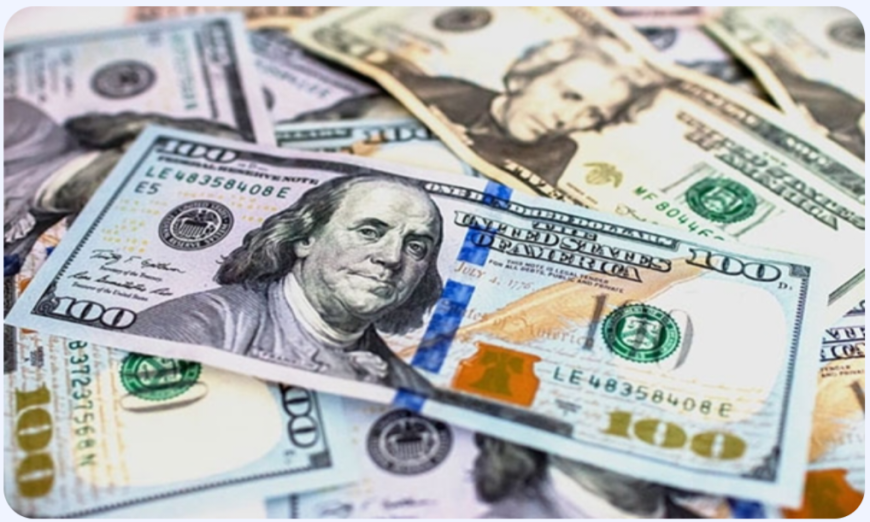India’s foreign exchange reserves surged by 10.8 billion dollars, reaching over 676.2 billion dollars in the week ending April 4.
According to the Weekly Statistical Supplement released by the Reserve Bank of India, during the last week, foreign currency assets, a major component of the reserves, were up by over 9.07 billion dollars to over 574 billion dollars. Gold reserves increased by over 1.56 billion dollars, totaling 79.36 billion dollars.
Also, Special Drawing Rights advanced by 186 million dollars, reaching 18.36 billion dollars, and the Central Bank’s position in the International Monetary Fund was up by 46 million dollars, reaching 4.46 billion dollars.
A major contributor to this increase was the rise in foreign currency assets, which grew by $9 billion to $574.08 billion. Gold reserves also saw a notable rise of $1.5 billion, bringing the total to $79.36 billion. Additionally, Special Drawing Rights (SDRs) climbed by $186 million to $18.36 billion. In the previous week ending March 28, reserves had already touched a five-month high of $665.4 billion after a $6.6 billion surge.
The recent uptrend comes after a period of decline that was attributed to revaluation losses and the Reserve Bank of India’s interventions in the forex market to reduce rupee volatility. However, the past five weeks have reversed that trend, indicating a stronger external position. India’s forex reserves had earlier reached an all-time high of $704.89 billion in September 2024.
A healthy forex reserve position not only reflects robust economic fundamentals but also strengthens the rupee against the US dollar. It gives the RBI greater flexibility to intervene in the foreign exchange markets—especially during periods of volatility—by selling dollars to support the domestic currency. In contrast, a shrinking reserve limits the central bank’s ability to stabilise the rupee in times of stress.
Meanwhile, India’s merchandise trade deficit narrowed to a three-year low of $14.05 billion in February, down from $22.99 billion in January. According to data from the Ministry of Commerce and Industry, the improvement came as exports remained steady while imports declined—signaling resilience in the external sector despite ongoing global economic uncertainties triggered by geopolitical tensions.

